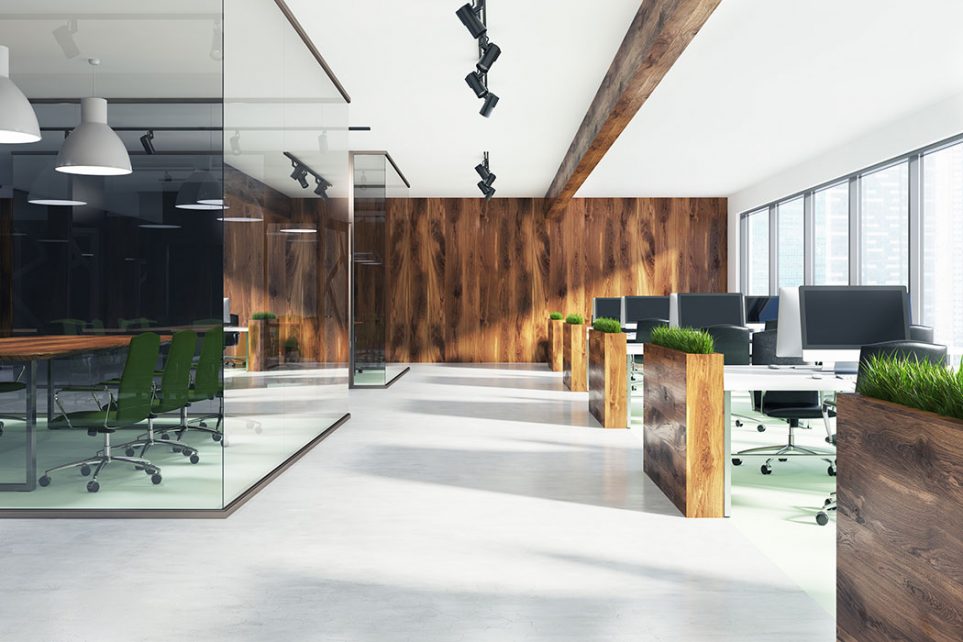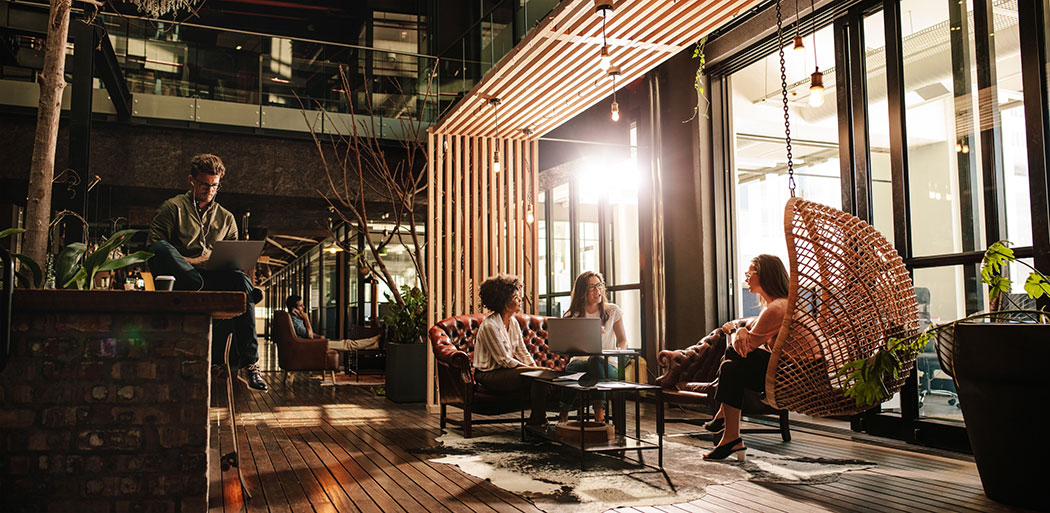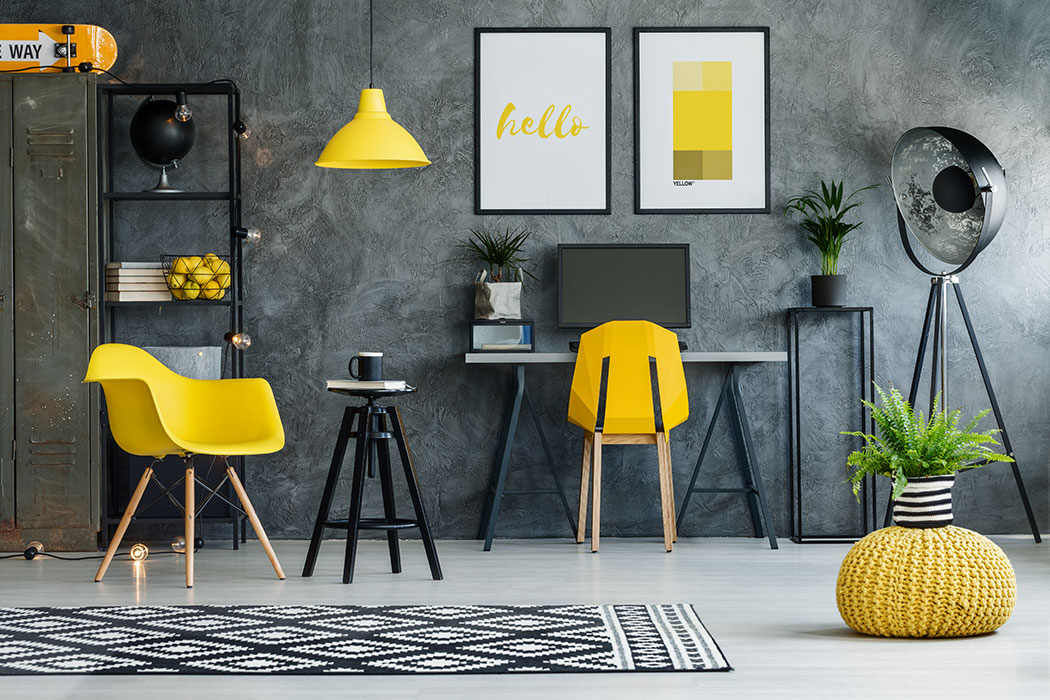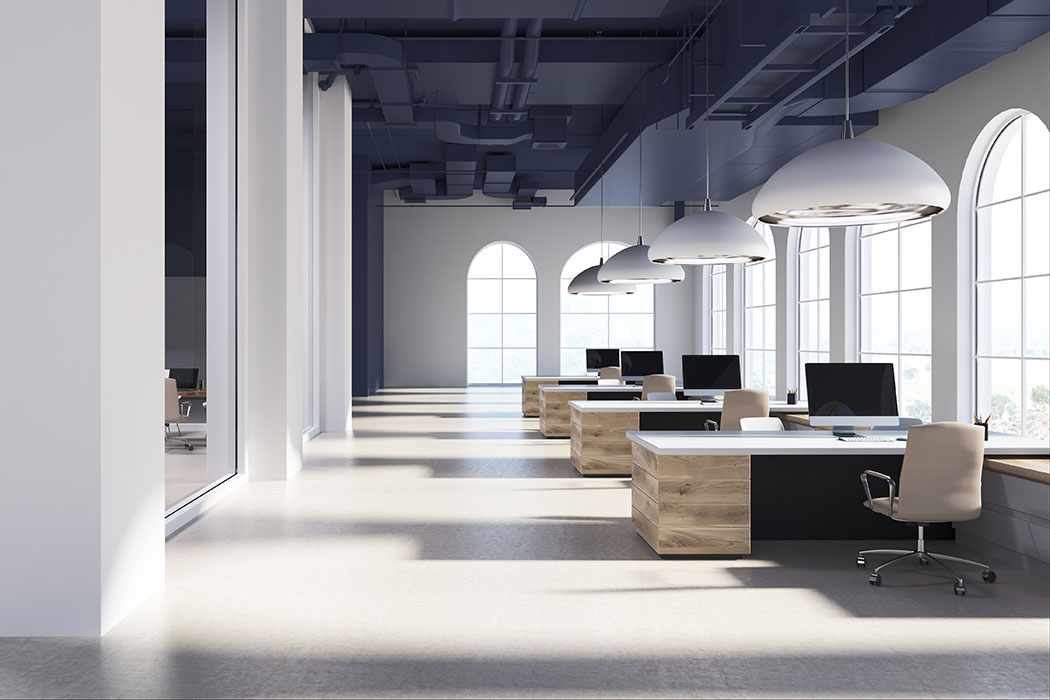Interior Glass Wall Specialists
The Psychology of Workspace Design

Yesterday, office design was considered one small piece of the productivity puzzle. Today, with shifting business models and a keener understanding of workspace design psychology, we know the two are inexorably linked.
More aware than ever before of the connection between fiscal success and the mental, emotional and spiritual well being of the workforce, companies are aiming for human centric environments that promote focus and cohesion while providing comfort and stimulation. Comradery with privacy. Openness with boundaries. Areas that accommodate sitting, standing or lounging. Personality and aesthetic appeal. Colors that soothe as well as motivate. And let’s not forget the actual work.
Talk about high expectations for multi-tasking.
When transforming four walls into the ideal workspace for the 21st century worker, there are some basic variables to consider.

Excite. Engage. Encourage.
While our tech gadgetry allows individuals to work from anywhere, it’s the office that engenders the team building and collaboration so vital to a company’s infrastructure. Office design must support this face-to-face interaction and provide plenty of diverse areas in which different sized groups can gather for large team meetings or small group conversations. Workspace feng shui also dictates the need for small private areas that can accommodate a variety of different work postures. Not everybody finds inspiration sitting upright at a desk. Homey, inviting lounge stations are key to relaxation and creativity.
Stay Focused with the Right Lighting
Lighting is as critical to the comfort of the workplace as that ergonomically correct chair. In fact, improper office lighting will not only impede productivity, it can also cause headaches, eyestrain and serious brain fog.
Lighting is as critical to the comfort of the workplace as that ergonomically correct chair. In fact, improper office lighting will not only impede productivity, it can also cause headaches, eyestrain and serious brain fog.
Lighting experts recommend supplementing those harsh indirect overhead fluorescents with task lighting, a small direct light source that can be focused on the work in front of you. Halogen bulbs that highlight colors with a clarity other types of bulbs lack are the preferred choice for detail work.

Cool Colors
Choosing the right colors in the workplace can powerfully impact employee spirits. For example, low wavelength hues like blue and green can ameliorate stress and anxiety. Research shows these colors can also improve efficiency and focus. For those who spend time writing or engaged in deep creative thought, new findings suggest working in a yellow environment may enhance creativity.

Transparency, Literal and Figurative
Removing walls serves to break down barriers both literally and figuratively. In an open environment everyone is involved, everyone is accountable. Problems are out in the open making way for group solutions. There is a feeling of cohesion that cannot be achieved when individuals are hidden in their cubicles. Partitions are the past. Transparent boundaries that promote openness and unity but also offer privacy are the future.
Tune into the psychology of office design to create a workspace feng shui that lets employees know they are the highest priority. Then watch the magic happen.
